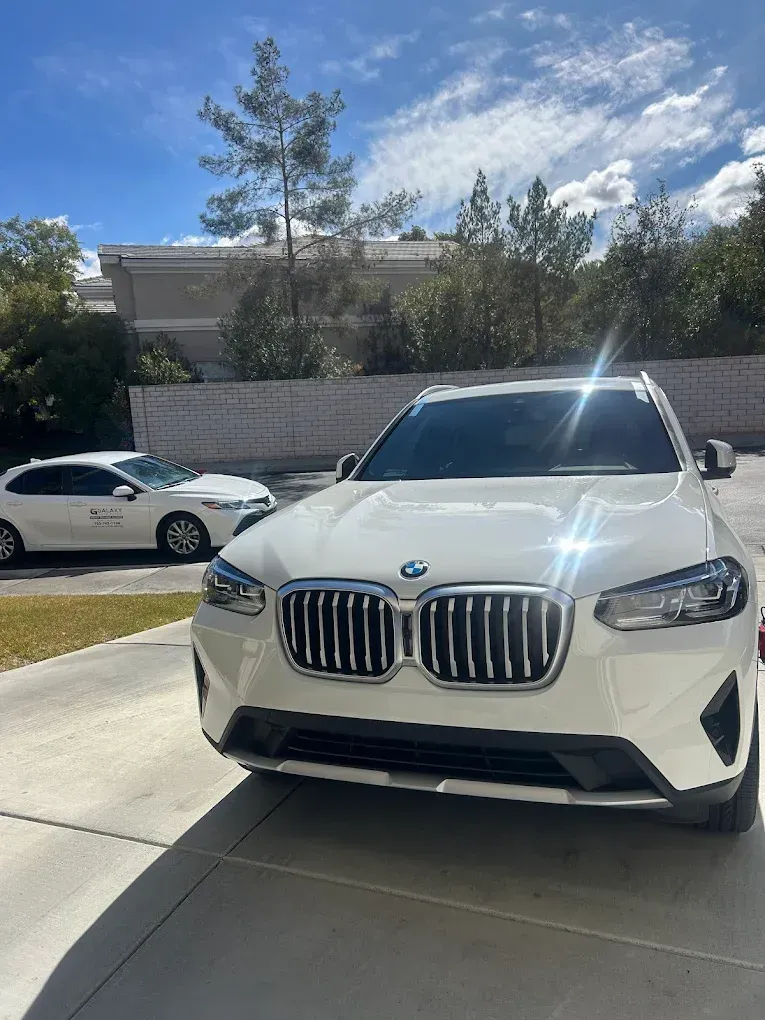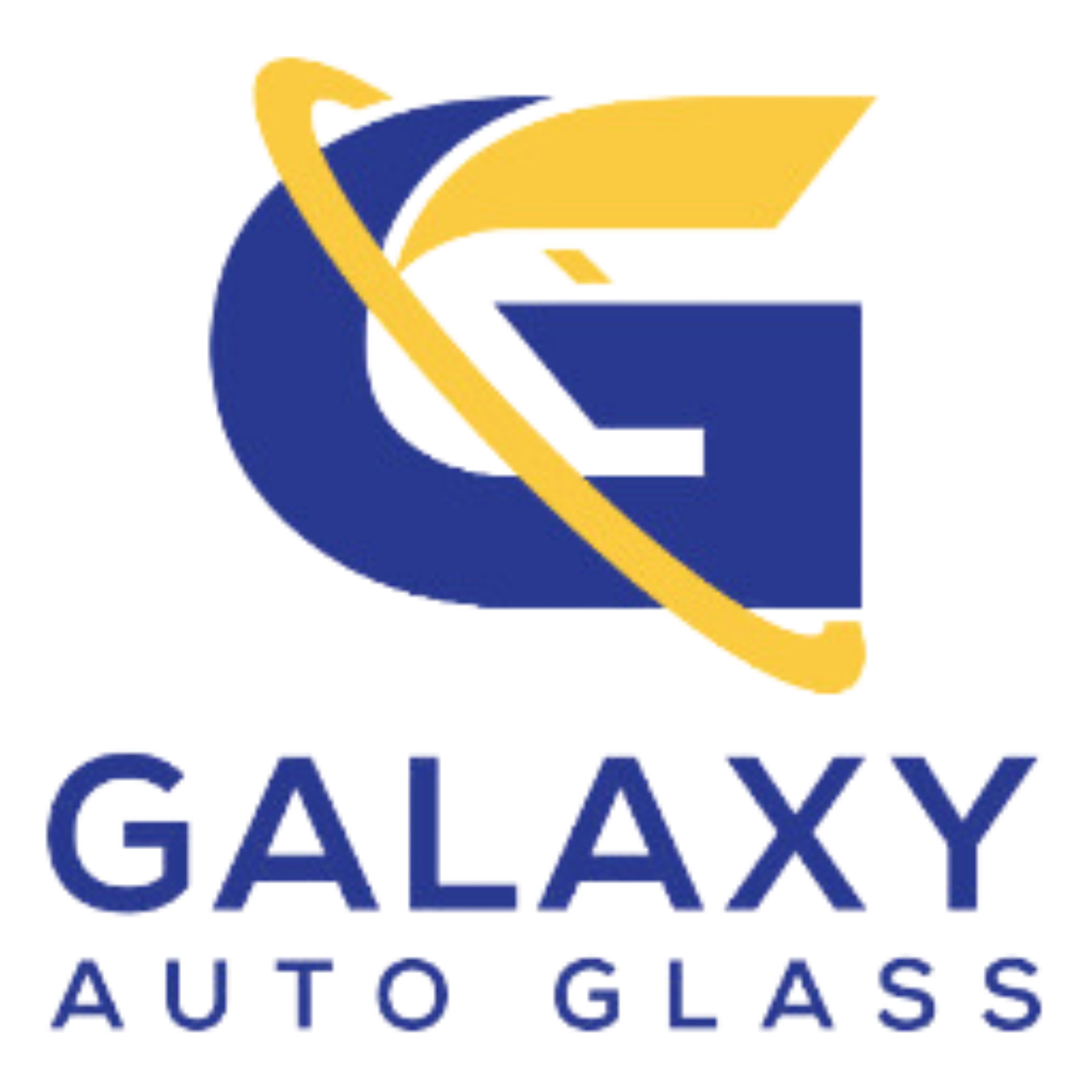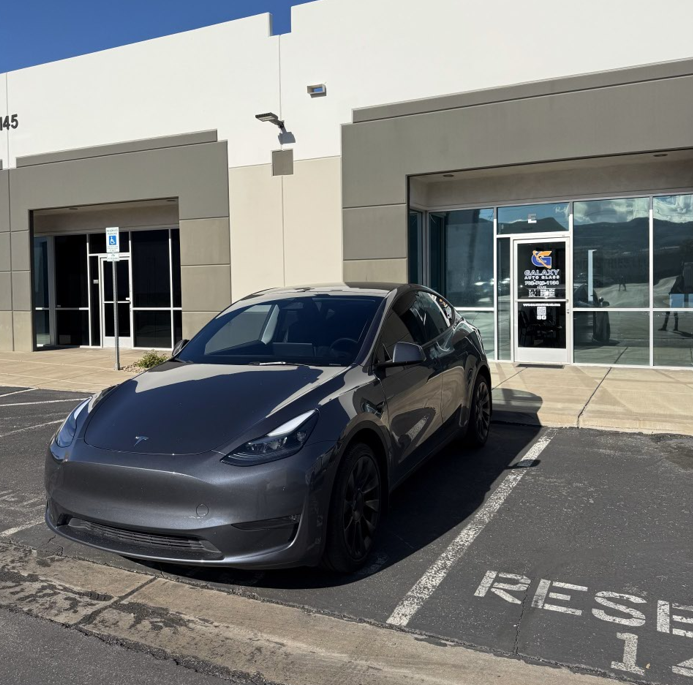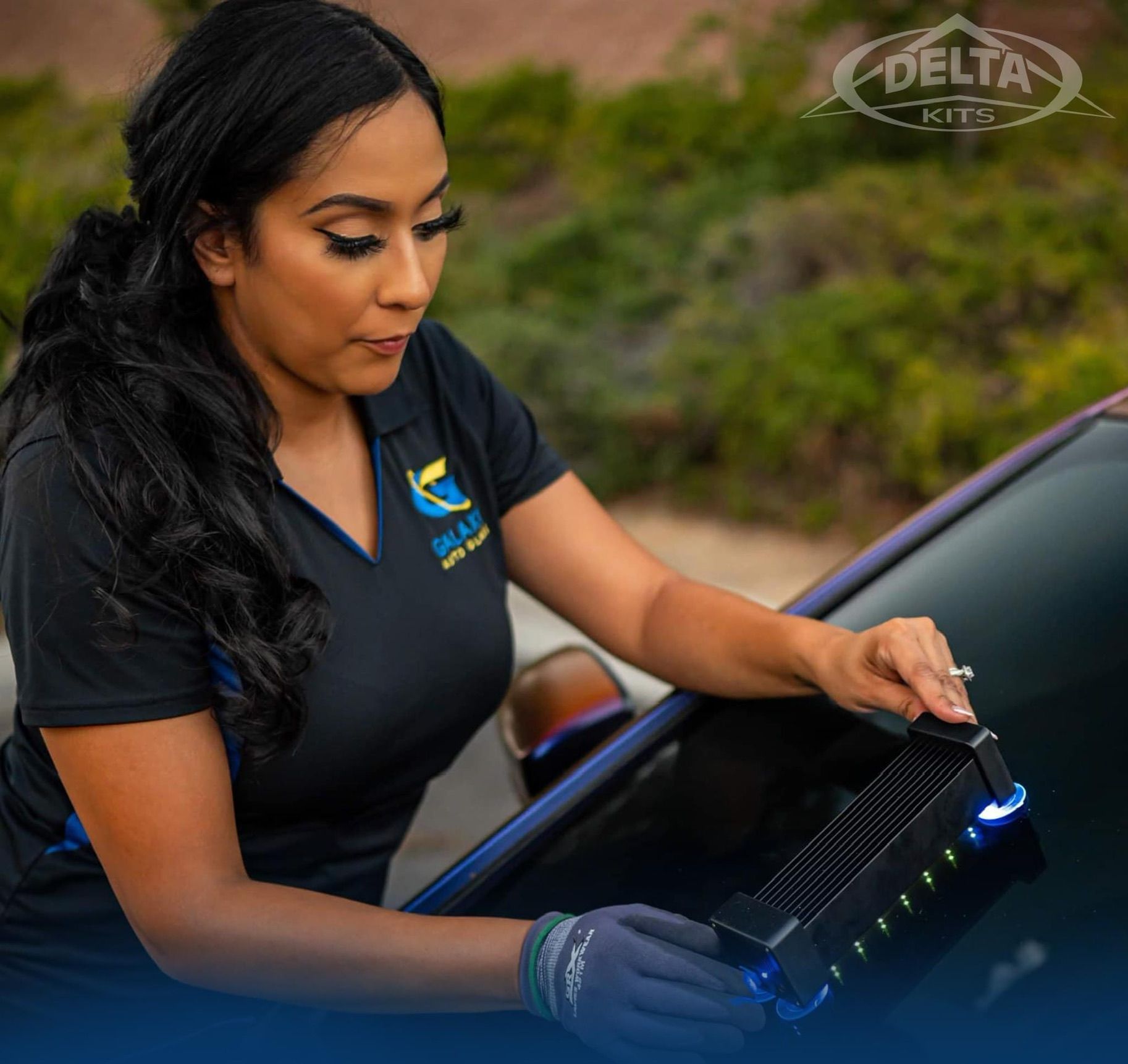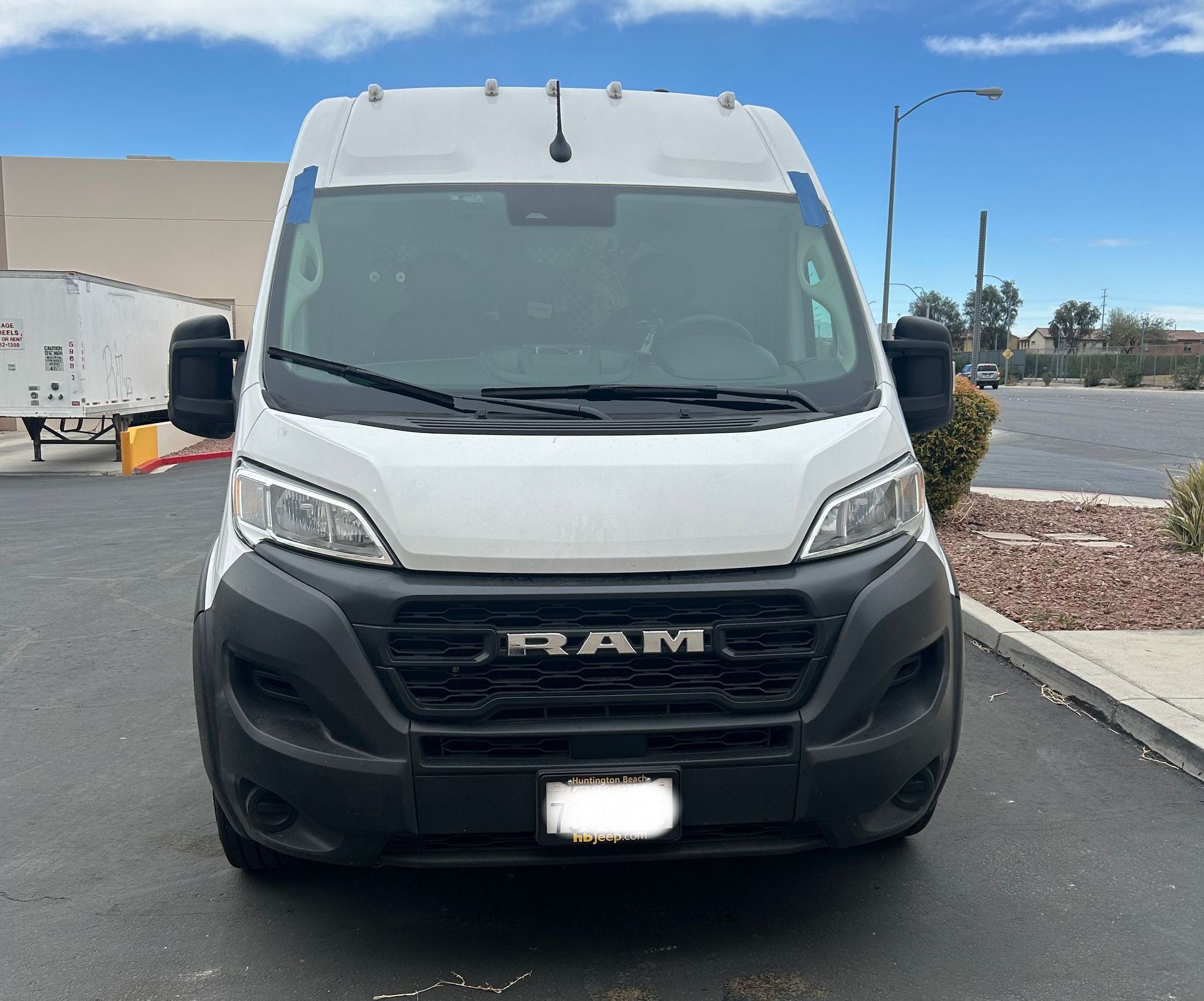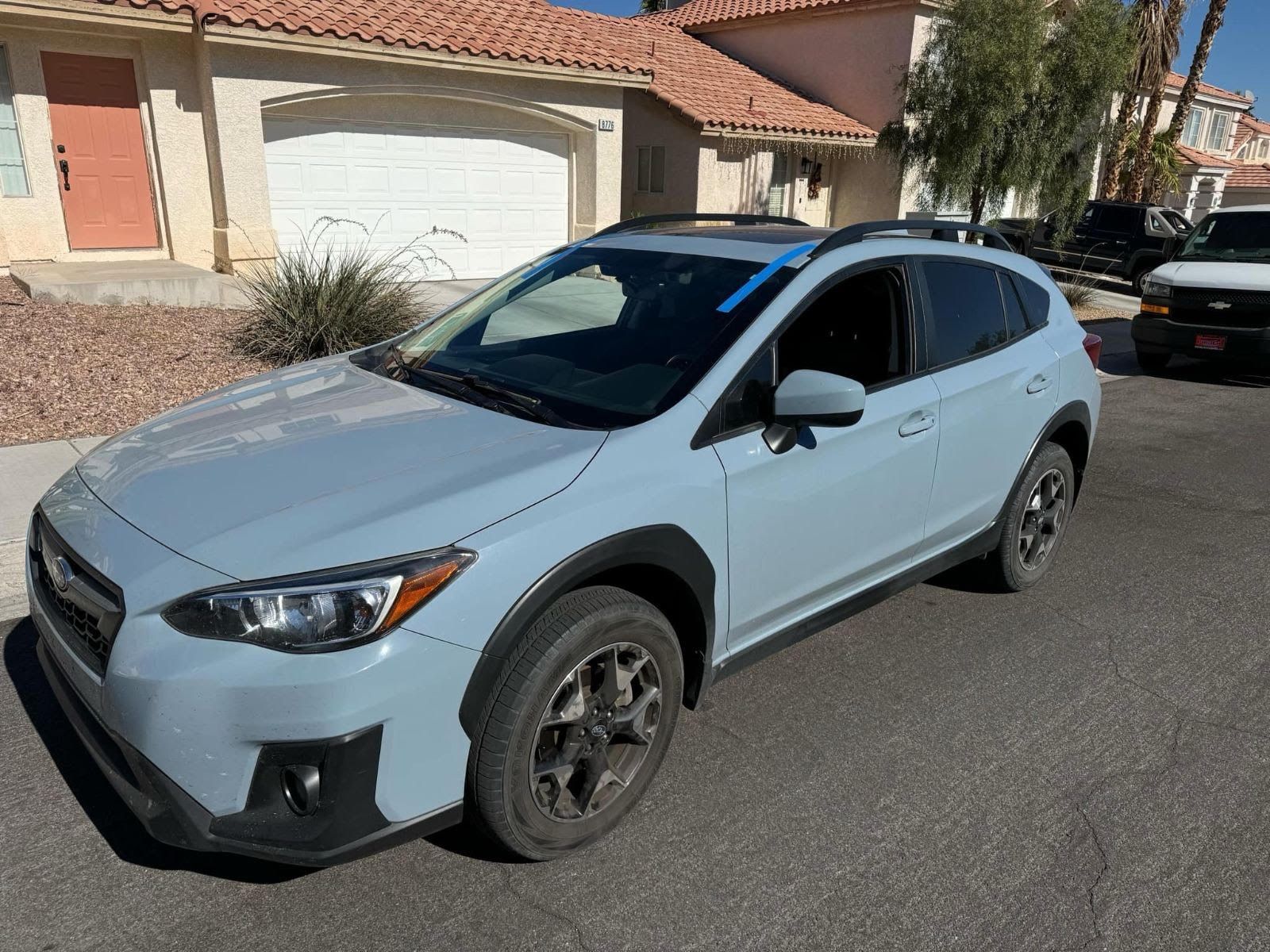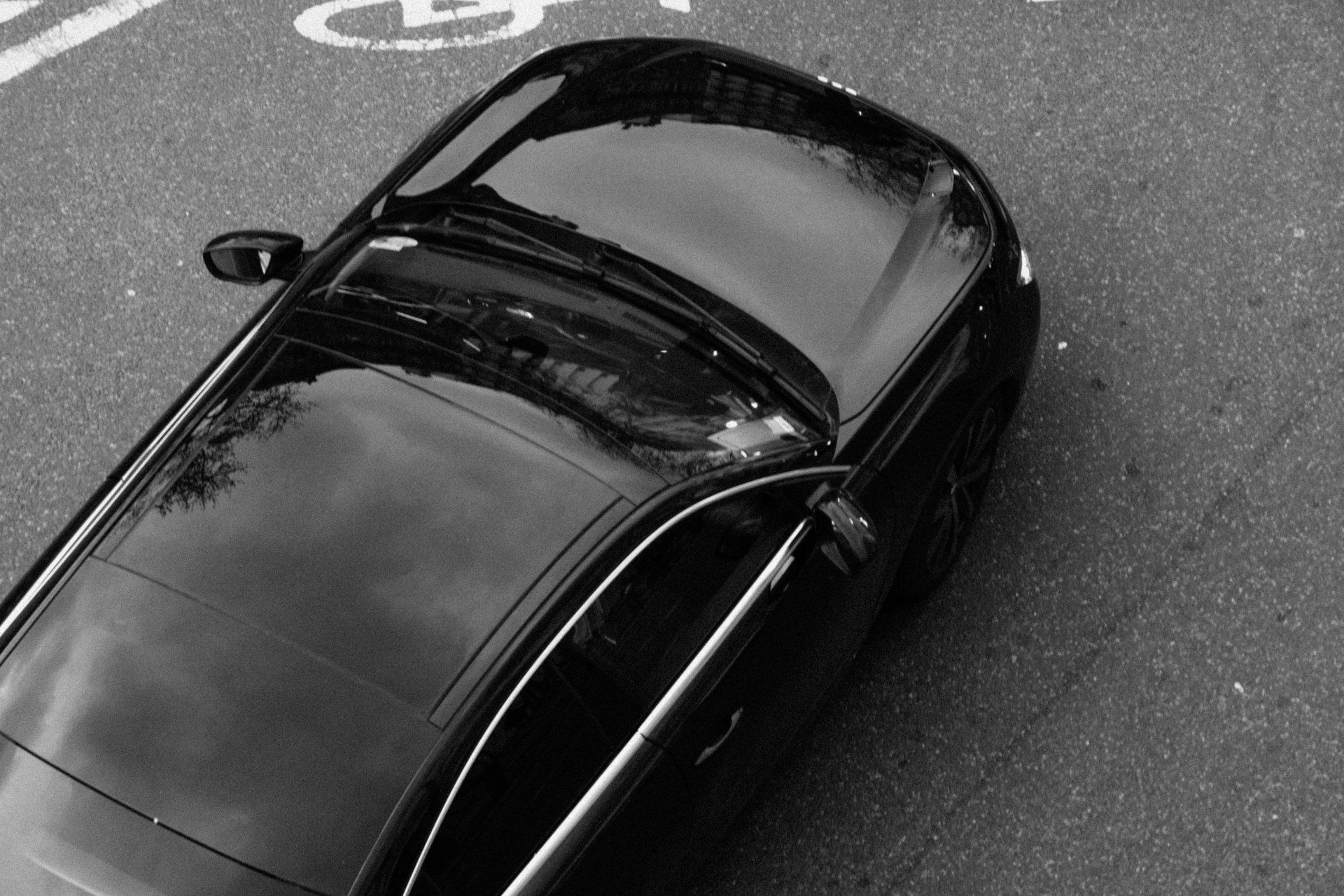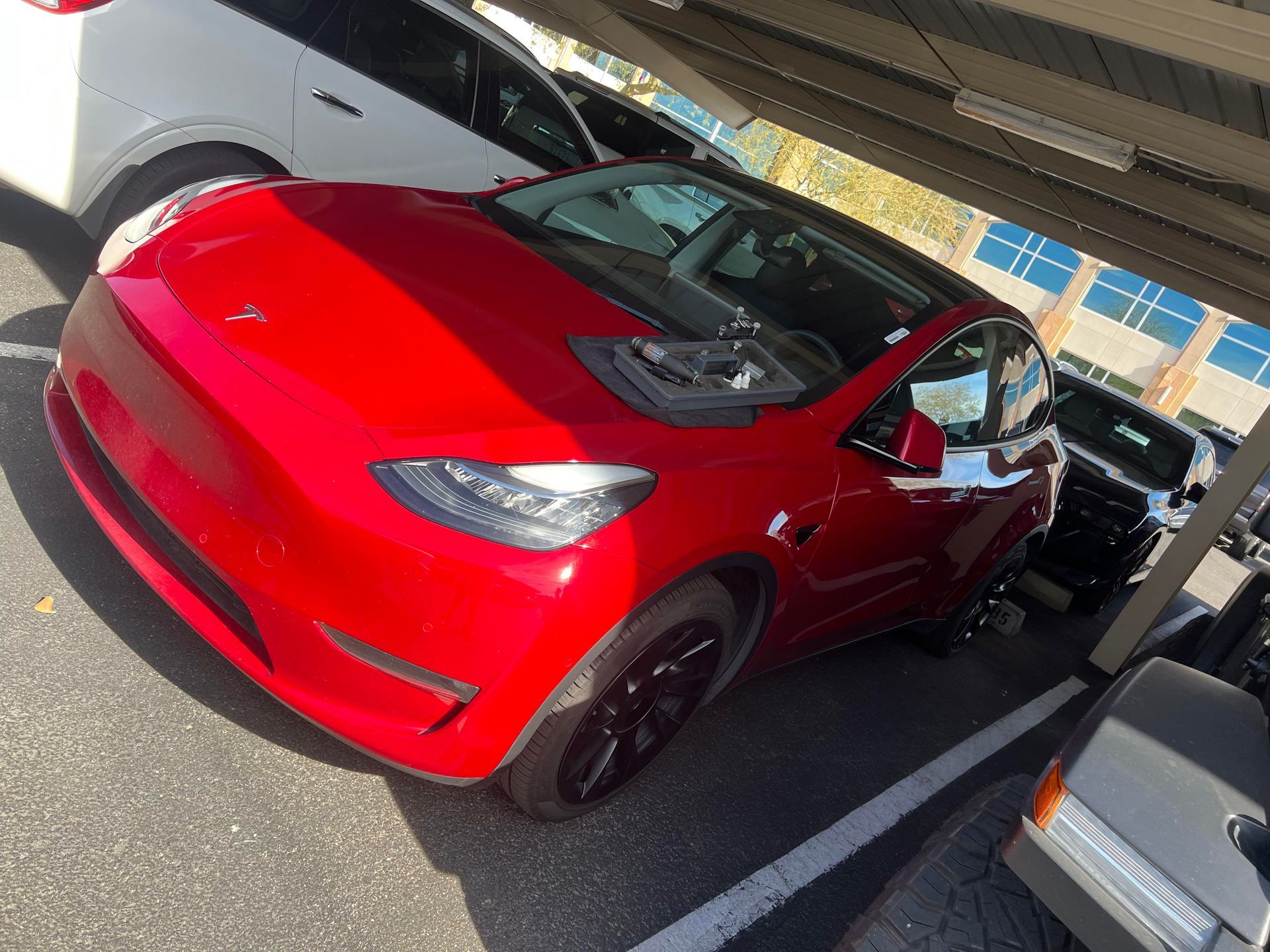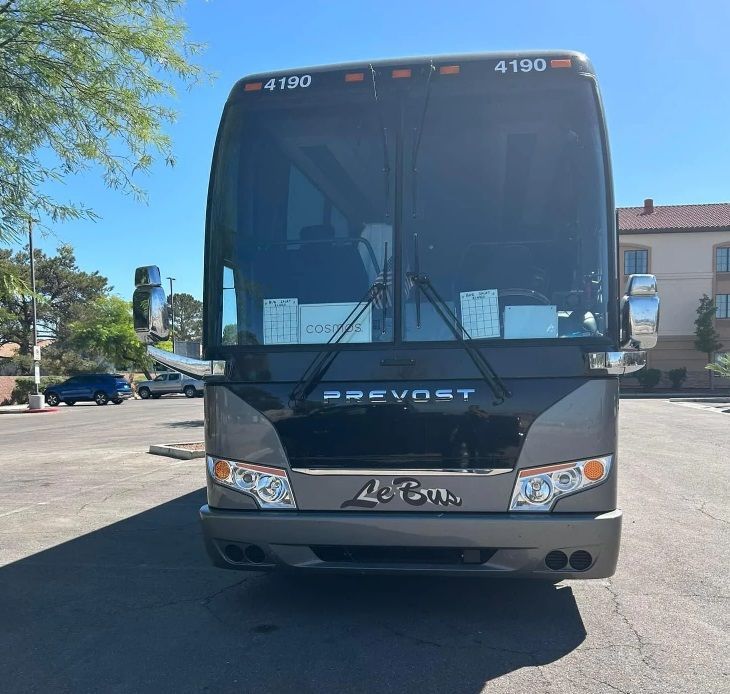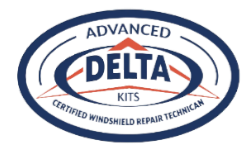Understanding Rain Sensors, HUDs, and ADAS in High-End Vehicles
Exploring the Latest Driver-Assistance Features in Luxury Vehicles
In recent years, high-end vehicles have become synonymous with cutting-edge technology that enhances safety, convenience, and driving pleasure. Among these innovations, rain sensors, heads-up displays (HUDs), and advanced driver-assistance systems (ADAS) stand out as key features that exemplify automotive ingenuity. Understanding these technologies can help drivers appreciate their benefits and make informed decisions when choosing premium vehicles.
Rain Sensors: Automating the Wipers for Safer Driving
Rain sensors are an intelligent addition to modern vehicles, designed to automatically activate the windshield wipers based on detected moisture levels. Typically mounted on the windshield near the rearview mirror, these sensors use optical technology to detect raindrops and other forms of precipitation. When rain begins to fall, the sensor sends a signal to the wiper system, prompting it to start or adjust its speed accordingly.
The primary advantage of rain sensors is convenience. They eliminate the need for manual wiper adjustments, especially during sudden downpours or inconsistent weather conditions. This allows drivers to focus more on the road rather than fumbling with wiper controls.
Additionally, automated wipers enhance safety by maintaining clear visibility at all times, thereby reducing the risk of accidents caused by obscured vision. High-end vehicles often combine rain sensors with other comfort features, such as heated wiper blades or adaptive wiper speed settings, further enhancing the driving experience.
Heads-Up Displays (HUDs): Projecting Essential Information onto the Windshield
Heads-up displays revolutionize how drivers access crucial information. Initially developed for military aircraft, HUDs in automobiles project data such as speed, navigation instructions, and warning alerts directly onto the windshield in the driver’s line of sight. This means drivers can monitor essential information without having to divert their gaze from the road.
Modern HUDs utilize transparent OLED or laser projection technology, offering crisp and customizable interfaces. Some systems also integrate with the vehicle’s camera and sensor arrays to display real-time data about traffic conditions, nearby objects, or navigation cues. High-end vehicles often allow for the personalization of the display, enabling drivers to choose the information that is most relevant to them.
The benefits of HUDs are clear: they reduce driver distraction, enhance situational awareness, and promote safer driving. By keeping critical information within sight, HUDs help drivers react promptly to changes in traffic or road conditions. They are especially valuable during night driving, where glance-away moments can be minimized, improving overall safety.
Advanced Driver-Assistance Systems (ADAS): Making Vehicles Smarter and Safer
ADAS encompasses a suite of electronic systems designed to assist drivers and prevent accidents. These technologies use a combination of sensors, cameras, radar, and lidar to monitor the vehicle’s surroundings and support decision-making. In high-end cars, ADAS features are highly sophisticated, often integrating multiple systems that work in seamless harmony.
Key ADAS technologies include adaptive cruise control, lane departure warning, lane-keeping assist, automatic emergency braking, and parking assistance. Adaptive cruise control maintains a set speed while automatically adjusting to the flow of traffic, reducing driver fatigue. Lane departure warning alerts the driver if the vehicle unintentionally drifts out of its lane, while lane-keeping assist can actively steer the car back into its intended path.
Automatic emergency braking can detect obstacles or pedestrians ahead and apply brakes without driver input, significantly reducing collision risks. Parking assistance systems utilize cameras and sensors to help drivers maneuver into tight spaces with precision and accuracy. In high-end vehicles, these systems often incorporate artificial intelligence and machine learning to improve their responsiveness and accuracy over time.
Rain Sensors, HUDs, and ADAS Are Transforming the Driving Experience
Rain sensors provide seamless visibility in inclement weather, HUDs keep vital information within the driver’s sightline, and advanced driver-assistance systems make driving safer and more effortless. As automotive technology continues to evolve, these features will become even more sophisticated, promising a future where driving is safer, more comfortable, and more enjoyable. Investing in luxury vehicles and embracing these innovations offers a glimpse into the future of mobility—where technology and driving harmony create an exceptional journey.
Do You Have Questions About Your High-End Vehicle’s Auto Glass in Las Vegas, NV?
If you’re in
Las Vegas,
Henderson, or
Summerlin, NV, and your vehicle—high-end or not—has suffered some
auto glass damage, particularly to the windshield, contact us at Galaxy Auto Glass.
